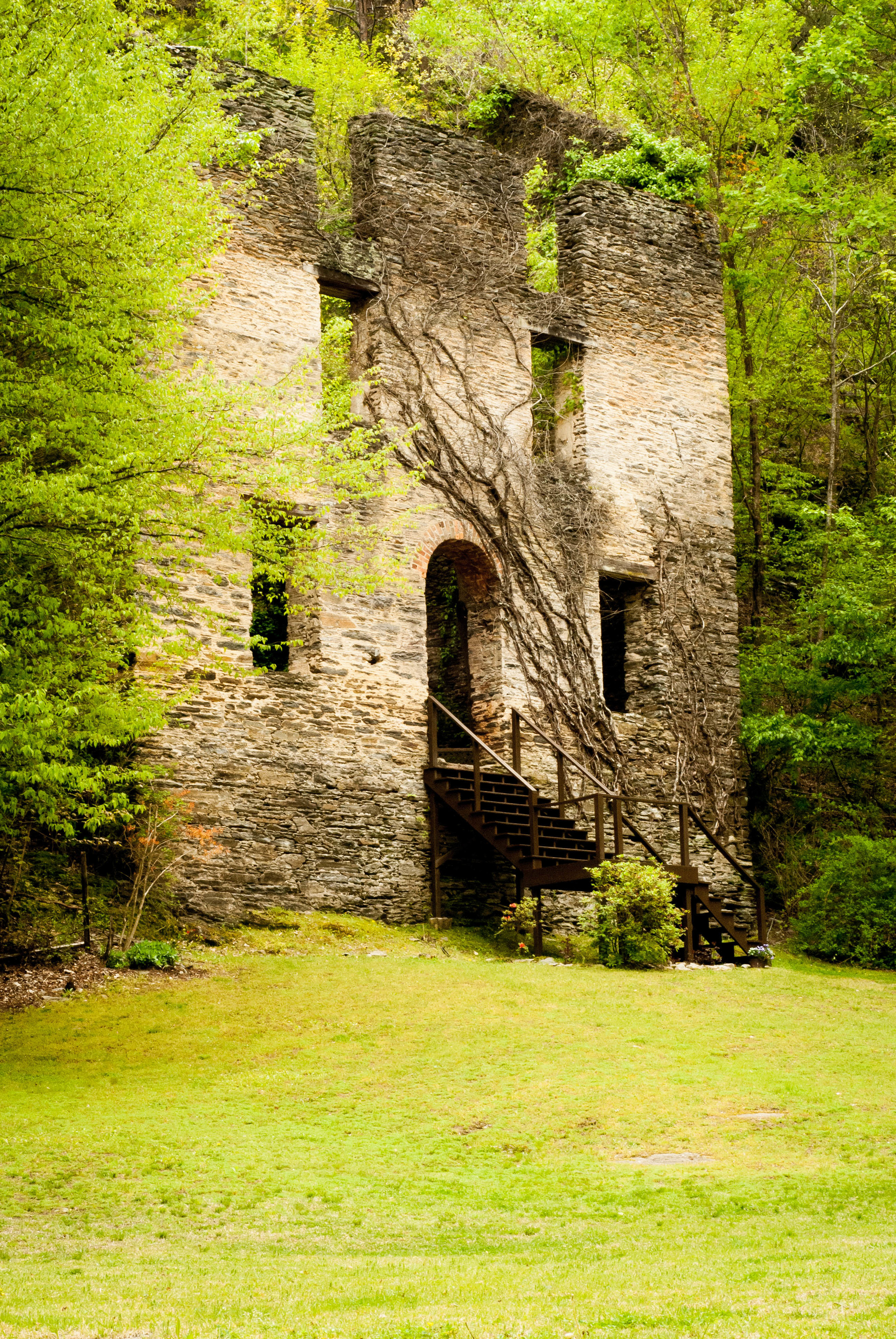A brief history of Hightower Falls
In 1832 a cotton gin was built next to an 80-foot waterfall in the foothills of the Appalachian Mountains.
In 1845 Elias Dorsey Hightower, then 35, purchased around 2,000 acres and the cotton gin (ginning is removing the seeds from the picked cotton). Cotton was becoming the mainstay of the South's agrarian economy. He then built a three-story mill using local stone and slave labor. Wheat and corn were ground on the large stone wheels to make flour and cornmeal. Wool from sheep raised on the grounds by professional Welsh herders was carded on the second floor of the mill and stored on the third floor.
During the Civil War, Mr. Hightower feared for the safety of his home and mills. When Union troops arrived, they camped on his property but miraculously left it untouched. He continued operation after the war and raised the falls several feet by building a dam at the precipice. He added a tannery and a sorghum syrup mill and had bee hives for honey. The mills operated into the 1930s.
With lack of usage, the wooden mill has since been lost to time. The slate roof on the stone mill has fallen in, but the walls remain today.
The Hightower home, built in 1857, is located 2 miles from the mills and has been extensively refurbished by its new owners. Mr. Hightower served in the General Assembly until his death in 1892.
For many years after the 1930s, people came on an individual basis to picnic, court and explore the grounds. In 1972 Hightower Falls Park opened to the public. It consisted of 120 campsites, restaurant, gathering hall, stables, 12 cabins, and a camp store. The Park was short-lived and closed within 2 years.
After my family purchased the property in 1995 as a homestead, the significance of its heritage was realized, and so once again, the Falls became available to the public in a limited capacity through bookings for special occasions. Our goal is to present the beauty of nature in an inspiring and captivating setting, and to allow its visitors the opportunity to once again "return to nature."
Elizabeth Walls

